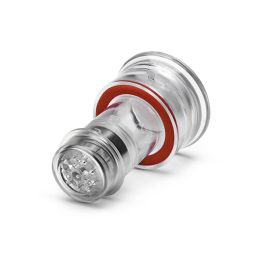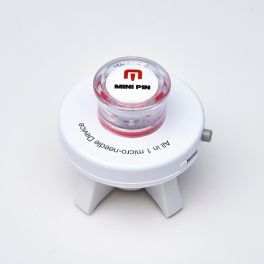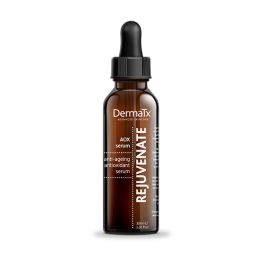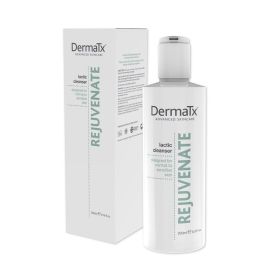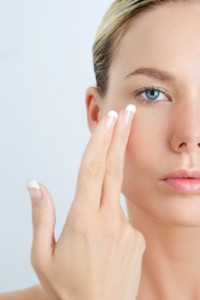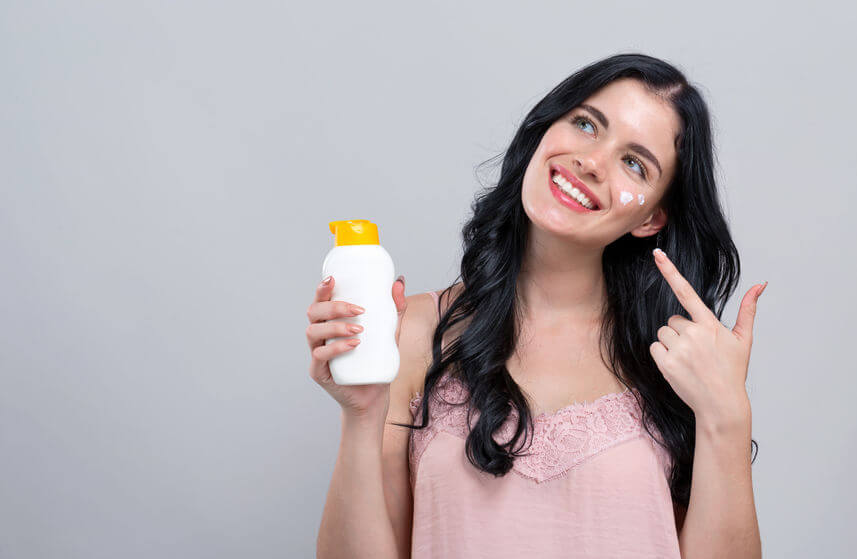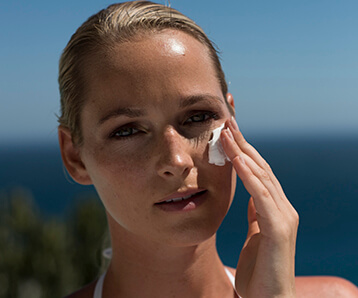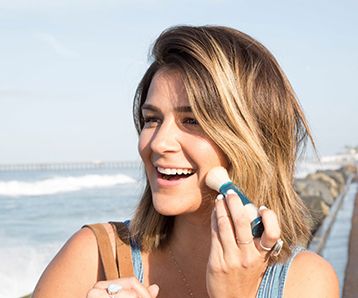Tips for an Anti-aging skincare regime
To help keep your skin looking and feeling radiant, youthful and healthy you need to have a good daily skincare routine. Firstly you need to identify your skin type.
Once you have discovered your skin type, choose products that have been formulated for your skin.
Cosmeceuticals products combine the power of cosmetics and medication to address all skin concerns (pigmentation, sun damage, pollution, loss of vitality, tone and firmness) and to improve the health and appearance of ageing skin.
SKINCARE REGIME:
STEP 1 /Cleanse
The first and most important step in any skincare regime is cleansing. Cleansers are a must in order to clean your face at the end of each day, as your face is exposed to dust, pollution, smoke, and other factors that we encounter during the day. A cleanser will remove all impurities leaving your face clean and fresh again, gently exfoliating the skin to remove the dead skin cells, which can block your pores and lead to blackheads. Products which contain AHA’s (alpha hydroxyl acids), such as glycolic acid and BHA’s (beta hydroxy acid) such as salicylic acid, will help to increase skin exfoliation to get rid of skin cells, making the skin appear smoother and feel softer.
STEP 2/ PREVENT (Antioxidants)
Extrinsic ageing results from environmental factors, such as sun exposure, gravity, sleep habits and smoking & UV damage.
The key effective ingredient is Vitamin C (antioxidants) it boosts collagen production and helps repair and improves the skin while protecting it from future damage.
STEP 3/CORRECT/TREAT
Skin concerns like pigmentation, sun damage, acne, rosacea etc can be treated with products which contain active ingredients.
STEP 3/ MOISTURISE/HYDRATE
Appropriate moisturisation is another essential for healthy and younger-looking skin.
A moisturiser provides a protective film to prevent the effect of drying, chapping and roughening caused by the weather, central heating and pollution. At the same time, some of the ingredients will be absorbed into the outer layers of the skin providing nourishment, hydration and therapeutic effects. All skin types need a moisturiser. Dry, normal and oily skin are all affected by wind and weather. Dry skin in particular quickly becomes tight and flaky, chapping and reddening easily in winter and looking prematurely old.
STEP4/ PROTECT
Ultraviolet light, both UVB and UVA, is responsible for 80 per cent of the lifetime esthetic damage to our skin that we see as a roughened, leathery texture, warty-looking keratoses, loss of tone, mottled discolourations and "liver spots," sallowness of complexion, wrinkles and sagging and "broken" blood vessels!
So, every healthy skincare regime must include measures to prevent the short and long-term effects of sun exposure. These involve the daily use of sunscreens with an SPF factor of at least 20.
Regular use of Home use microdermabrasion & peels/masks (1-2 times a week)helps exfoliate the skin, to remove dead skin cells, oils and other debris that clog pores and lead to dull complexions and blemished skin.
Andrea
Cosmetic Nurse Practitioner













